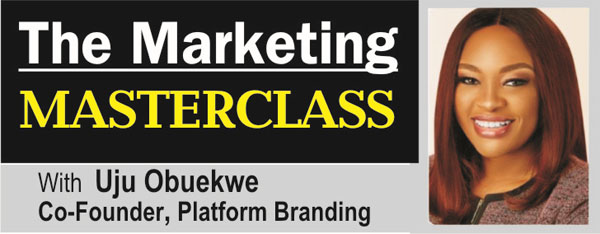 In my previous piece, we described marketing and how marketing is facilitated by the 4-Ps: In today’s edition we will be talking about Price.
In my previous piece, we described marketing and how marketing is facilitated by the 4-Ps: In today’s edition we will be talking about Price.
A pricing strategy is the basic approach of how a business prices its products or services. Having a good pricing strategy is critical for the profitability of your business but keep in mind that pricing strategies are double-edge swords. What attracts some customers will put others off; therefore use a strategy that’s appropriate to your target market.
Some businesses try to compete on price and maybe they can trade lower profit margins with higher sales volume, but if they enter a price war with a dominant player it becomes a race to the bottom because the competition might have greater economies of scale.
Let’s look at some common pricing strategies and when to use them.
A common strategy is cost based pricing. This is simply calculating the cost of manufacturing or acquiring a product and adding a mark-up. This is used by many manufacturers in determining their price.
Next is competitor based pricing; here price is set based on what the competition charges. We see airlines adopt this model a lot.
With value based pricing the focus is on the added value that a product provides to its customers. In this case, you have to communicate your value so strongly that the price seems reasonable in relation.
Other tactics include; penetration pricing – a business sets a low price to enter a competitive market and then raises it later. Think of internet service providers, when they come into the market and start with lower prices only to increase as subscriber base grows.
Close to that is Bundling; another useful pricing strategy where items sell together at a price lower than if they were purchased separately. For instance where Internet Service Providers (ISPs) bundle the device and data.
READ ALSO: Full deregulation of oil & gas sector will force down PMS price – PPPRA
Captive product pricing is the pricing of products that have a core product and accessory products. The core product is the main item you buy once, but it is priced more affordably than the accessory product. It takes advantage of that low initial purchase price of the core product to attract customers but then requires additional purchases, which is where the actual profit is made. For example; printers and ink.
Loss leaders is when you price a few items so low that they may even be sold at a loss to attract store traffic. We see examples of these in some supermarkets.
For those in the services sector you should consider whether to price based on the value of your contribution to the client or to charge by the hour.
Digital products, like software and online courses, require a different approach to pricing because there’s no tangible offering involved. Instead, prices reflect your brand, industry, and overall value of your product.
Today with a smart phone consumers can compare prices easily, but remember that buying decisions are not always about price but are about value. The best way to fight against price competition is to offer something unique.
The post The four Ps of marketing: Pricing strategy appeared first on Vanguard News.





